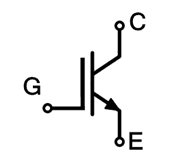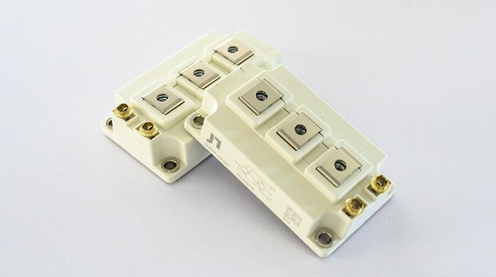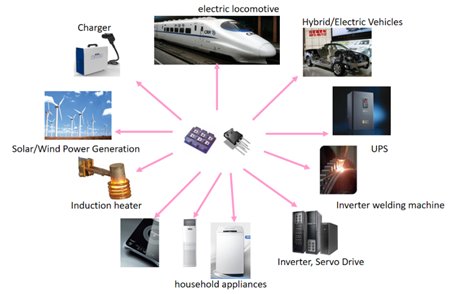In-Depth Understanding Of Igbt Modules: Discussion On Structure, Principle And Wide Application Fields
1. What is IGBT?
IGBT is a new type of power electronic device. Its basic structure is to add an insulating layer and a control electrode between the base and emitter of the transistor. IGBT combines the advantages of MOSFET (Metal Oxide Semiconductor Field Effect Transistor), such as high input impedance, low drive power consumption, fast switching capability, etc., and the advantages of BJT (Bipolar Transistor), such as high current carrying capacity, low conduction voltage drop, etc. Therefore, IGBT has broad application prospects in the field of power electronics.

2. Structure of IGBT module
The IGBT module is mainly composed of the following parts:
1) IGBT chip: The IGBT chip is the core part of the entire module, and its internal structure includes a P-type substrate, an N-type buffer layer, an N-type drift layer, a P-type injection layer, and an insulating gate oxide layer. Among them, the drift layer is set to improve the withstand voltage capability of the module.
2) Wire bonding: In order to ensure that the current can be transmitted from the IGBT chip to the external circuit, wire bonding is required between the chip and the pad. The wire material used in this process is usually aluminum or gold.
3) Packaging structure: The packaging structure of the IGBT module mainly includes a substrate, a ceramic layer, and a heat sink. The substrate is used to support the IGBT chip, the ceramic layer is used for insulation, and the heat sink is responsible for heat dissipation. In addition, the packaging structure also includes some external leads, pads and other components for connecting external circuits.
4) Drive and protection circuit: The IGBT module needs a drive circuit to control its switch, and also needs a certain protection circuit to prevent abnormal conditions such as overheating and overvoltage. These circuits are usually integrated inside the module or exist as external accessories.

3. Working principle of IGBT
The working principle of IGBT is similar to MOSFET and BJT, but combines the characteristics of both. When a forward voltage is applied to the gate of the IGBT, the electric field between the gate and the source will cause the accumulation of minority carriers in the drift layer, thereby forming a conduction channel. At this time, the IGBT enters the conduction state, and current can flow from the collector to the emitter. When the gate voltage is removed, the conduction channel disappears, and the IGBT enters the off state, and current cannot flow.
The key parameters of IGBT mainly include:
1)Rated voltage: refers to the maximum voltage that the IGBT can withstand in the off state.
2)Rated current: refers to the maximum current that the IGBT can withstand in the on state.
3)Switching speed: refers to the time required for the IGBT to switch from the off state to the on state or from the on state to the off state.
4)Conduction voltage drop: refers to the voltage drop between the collector and emitter of the IGBT in the on state.
4. Application field of IGBT module
Due to its high efficiency, high speed and high power characteristics, IGBT modules are widely used in many fields, mainly including:
1)Power electronics: IGBT modules have important applications in power electronic equipment such as power conversion, DC/AC converters, inverters, and rectifiers. They can realize efficient conversion and control of electrical energy and improve the performance of equipment.
2)Electric transmission: In the electric transmission system, IGBT modules are widely used for speed regulation, voltage regulation and other purposes. Such as electric vehicles, high-speed trains, industrial automation equipment, etc., all require IGBT modules to achieve precise power control.
3)Renewable energy: In the field of renewable energy such as solar photovoltaic and wind power generation, IGBT modules play a key role. They can efficiently convert unstable renewable energy into stable electrical energy, improving the performance of the entire energy system.
4)Power grid and power distribution: IGBT modules have important applications in power control, voltage stability, and harmonic elimination of the power grid. They help to increase the stability and reliability of the grid and reduce energy losses.
5)Other applications: IGBT modules are also used in new energy vehicles, medical equipment, communication systems, aerospace and other fields, providing key support for various high-end technologies.



